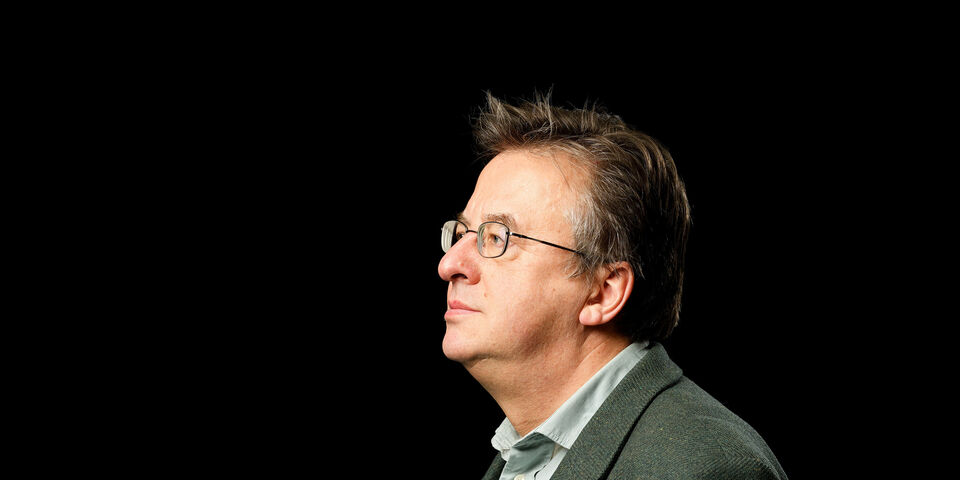From a multicultural to an intercultural community at TU/e
Saw Hussein (my favourite Turkish student) the other day again and guess what? He was having lunch with some other internationals, Chinese, Indians and some of the other ‘usual suspects’, and there were even some Dutch eating their croquet and drinking their milk. I was delighted, this is what my dream is about: a fully intercultural scene where all cultures mix (not this current multi-culti where people stick to their own cultural groups and hardly mix).
As an example: While I’m writing this column, I just started with a new edition of my course on International Negotiation with a good mix of Dutch and international master students. There I make sure they do mix in class and if possible also beyond, creating this way the international classroom. Shall we teachers all do that?
This is the last phase in peeling the onion: reaching the hard core, the sensitive part that makes us all cry… ready for it? It is now about developing this real sense of community, this feeling of relatedness along with a broad outreach and intercultural fluency to create a sound basis for mutual trust across cultures. And this all with the motto: be yourself, but adapt. Let me take 2 examples to illustrate this concept.
Last week we received the latest newsletter Bachelor College & Graduate School called Engineers for the future. The picture on top of the letter features 3 students, 2 men and 1 woman (girls are really ‘in the picture’ these days, this is a good development), but they are all white. The newsletter is full of words like ‘diversity’, ‘foreign’ students (we call them ‘international’) and the page about ‘International recruitment campaign under way’ shows all kind of positive figures about the growth of the international student share. Excellent! So why not also illustrate this growing diversity? Put one Asian student there in the middle. Incidentally, it looks like this lack of diversity is promptly compensated by the picture below of the 2 Chinese students (good, but this is not so difficult to capture). Having said that, I do appreciate very much the whole ‘explore’ campaign. There our diversity is explicitly shown to the outside world.
The other example is about creating a concrete integration process by coaching international students at the Department of IE&IS and EE with resp. a buddy and coach program for master students to help those internationals in the course integrate faster and better into Dutch culture. These 2 programs are on a small scale, but they represent the backbone of what TU/e does to stimulate integration into our community at large.
This is also what TU/e is known for (inter)nationally, our competitive edge at TU/e. Moving from a multicultural to an intercultural community is a long process that happens daily on the work floor, the classroom, the lab, the meeting room, the canteen, the party or just at the coffee machine. It can be a 1 to 1 encounter, face-to-face, or screen-to-screen, but also in groups, just like Hussein having his lunch. You hear English, Dutch and other languages, vive la différence!


Discussie